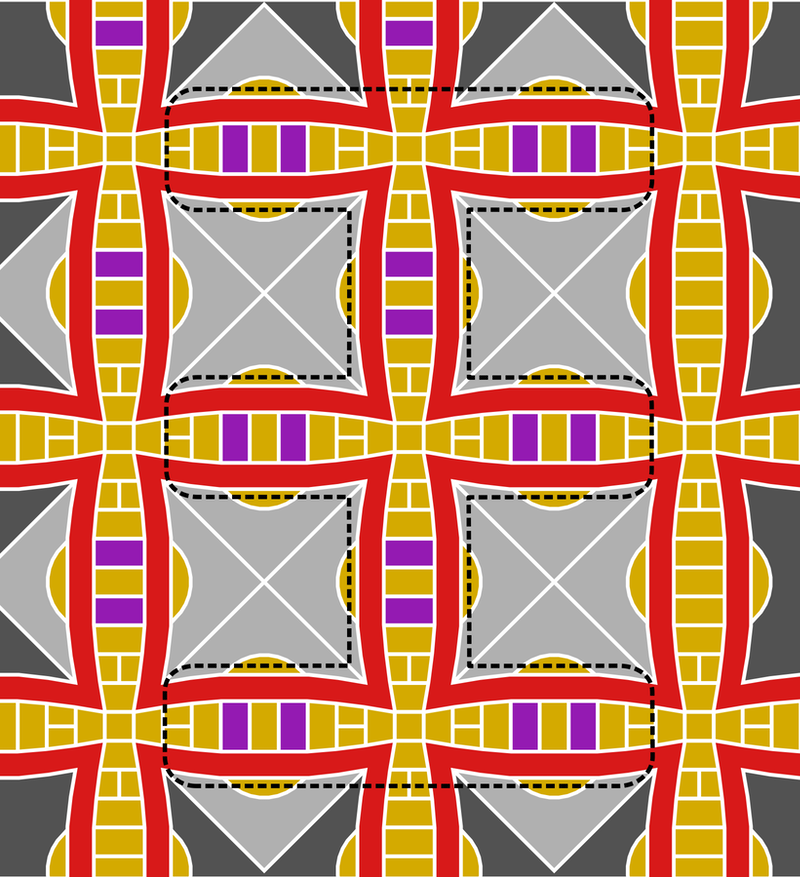How to Move Multiple Ions in Two Dimensions
Arrays of ions held in electromagnetic traps could eventually become powerful quantum computers, but as the number of ions increases, linear arrays become impractical. Rearranging the ions to achieve interactions between any specific pair becomes challenging, but now researchers have demonstrated a 2D scheme that does it more efficiently [1]. Using this approach, the full range of quantum operations is feasible with relatively simple applied voltages, and the researchers believe that it should soon find use in practical ion-based devices.
In trapped-ion quantum processors, single ions represent quantum bits (qubits). One of the main advantages of this technology is that individual ions can be moved around, says Robert Delaney of Quantinuum, a quantum-computing company. If rearranging ions—known as sorting—can bring every ion close enough to every other ion to allow pairwise quantum entanglement, the system has what is called all-to-all connectivity.
Using arrays of ions held in a line, researchers have already built working quantum computers, exploiting single-qubit and two-qubit logic gates. But systems where ions move in two dimensions could be faster, Delaney says.
Now Delaney and colleagues have demonstrated a 2D system consisting of an interconnected grid of traps through which individual ions can be quickly shuttled in order to bring any pair together. They have also introduced a simplified scheme for controlling the precise sequence of ion movements during the sorting process. They believe their scheme will lead to the efficient control of thousands of ions without the need for thousands of independent electrodes and wires.
In their system, each trap uses a combination of fixed and oscillating electromagnetic fields produced by electrodes on a metal surface below the floating ions. The researchers arranged a dozen of them in a square grid. The team included narrow voltage-controlled channels, or junctions, between the traps to allow ions to move from one trap to another.
Rather than single ions, the researchers used so-called two-ion crystals—pairs of ions of two different species where one was the qubit and the other was laser cooled and used to cool the qubit. The pairs were either ytterbium–barium (Yb–Ba) or barium–strontium (Ba–Sr).
To demonstrate ion sorting, the researchers first moved an ion crystal from one trap to another through a junction by applying specific voltages to the electrodes. Next, they demonstrated swapping of the locations of two adjacent crystals. These movements allow ions to access any zone in the grid, typically in less than a millisecond.
But all-to-all connectivity also requires the ability to exert precise control within each zone, Delaney says. Specifically, some quantum operations require a pair of two-ion crystals to be brought together temporarily in one location, forming a four-ion crystal. “For operations such as transport through a junction or the formation of four-ion crystals for entangling gates, we need the crystal to maintain a fixed orientation, such as Ba–Yb–Yb–Ba,” he says. “If a collision from background gas molecules randomly reorients a crystal, we have to be able to correct for this with a site-independent reorder operation.” The researchers also demonstrated this capability.
Together, swapping and reordering operations allow all possible interactions between ions in the system. Importantly, says Delaney, the experiments show that none of these procedures disturbs the quantum states of the ions.
The new 2D sorting scheme is “very impressive technically, and everything seems to work very nicely,” says Jonathan Home, an expert in quantum information systems at the Swiss Federal Institute of Technology (ETH) Zurich. “The simple control scheme they have introduced is also a key step for scaling up to larger systems,” he says.
–Mark Buchanan
Mark Buchanan is a freelance science writer who splits his time between Abergavenny, UK, and Notre Dame de Courson, France.
References
- R. D. Delaney et al., “Scalable multispecies ion transport in a grid-based surface-electrode trap,” Phys. Rev. X 14, 041028 (2024).





